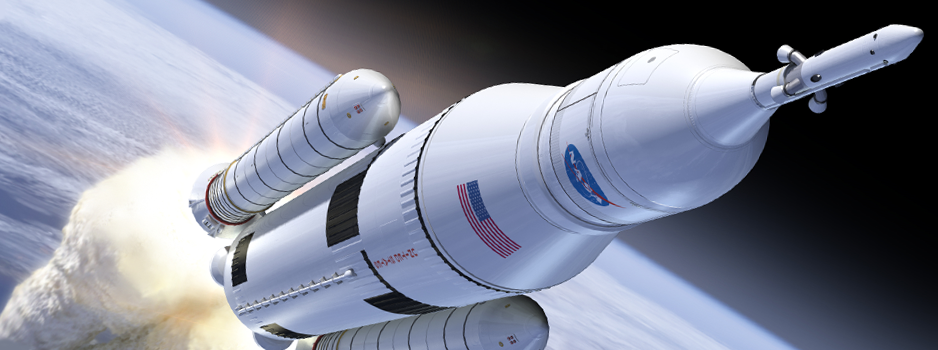NASA on Mars: Maven studies its atmosphere, and SLS will start in 2018

beyondearth.com
The so called Space Launch System (SLS), heir of the Space Shuttle, is the brand new rocket approved by Nasa capable of bringing humans into deep space This giant rocket (117 meters), of the estimated cost of $ 7 billion, has a new propulsion system based on liquid fuel technology, safer and less expensive than the solid propellant.
Its maiden flight, that will take the Orion Deep Space capsule for three weeks without a crew is fixed for November 2018. Sls will have a lifting capacity of 77 tons per entry in low orbit, about half of the capacity needed to carry a crew in 2030 (140 tons). The Space Launch System allow men to land again to the Moon, to reach an asteroid by 2025 and to fulfill a dream: landing on Mars by 2030.
However, before this happens, it is necessary to study the red planet. The 22nd of September 2014 Maven (Mars Atmosphere and Volatile Evolution), the new Nasa spacecraft, entered Mars orbit. Launched in November 2013, in a journey of about ten months, Maven has traveled 700 million kilometers. The team of Lockheed Martin Space Systems in Littleton, Colorado led the operations. The ignition of six thrusters allowed in about 30 minutes the slowdown required for the placing in orbit. After an initial period of six weeks, in which the scientific instruments will be tested, the spacecraft will be ready to begin his studies of the Martian atmosphere. Maven is in fact the first spacecraft fully devoted to the study only Mars atmosphere and not its surface.
The purpose of the study is to understand the climatic changes that led Mars to be the planet we know today. Mars appears to be, in fact, a barren and desert planet with an average temperature of -60 ° C, that at the poles can drop to -153 ° C. Yet about 4 billion years ago Mars would have been covered by water. The morphology of some craters, the presence of minerals in the soil, the presence of valleys and canyons would be proof that the soil contains water that used to flow in the surface. Previous missions have shown that the Martian climate has changed considerably over time. Responsibility for this change may be conferred to the atmosphere, which has become increasingly rarefied and subtle, perhaps due to the interaction with the solar wind.
The Studies will be conducted with three instruments transported by the probe: the Particles and Fields Package (PFP) for the analysis of the ionosphere and the solar wind; the Remote Sensing Package for the study of the global features of the Martian atmosphere, and the outer Neutral gas and Ion Mass Spectrometer for measuring the composition of the Martian atmosphere.
“We are now on a journey of scientific exploration and human carrying on Mars,” the words of NASA Administrator Charles Bolden, who has started the development of the final rocket. “After a rigorous review of the SLS -he has specified – the progression of the program from formulation phase to the development phase was approved, something that no other class of vehicle of exploration has ever achieved since the agency decided to build the Space Shuttle “.
Header Image Credits: astronautinews.it Gallery Image Credits: repubblica.it
